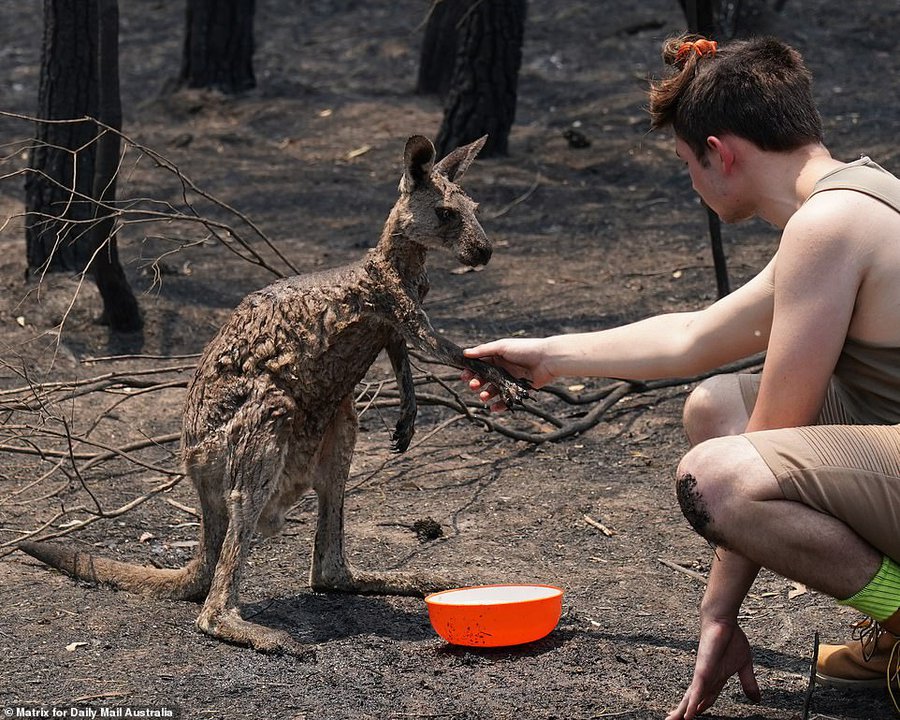St. Knut’s Day Date in the current year: January 13, 2020
St. Knut’s Day In different cultures, the end of the Christmas and holiday season in marked with different holidays. While in some countries celebrations cease after New Year’s Day, others continue with the festivities until Epiphany or some other holiday. In Sweden and Finland, for example, the festive season ends on St. Knut’s Day, celebrated on January 13.
Canute Lavard (Knud Lavard in Danish and Knut Levard in Swedish) was a chivalrous and popular Danish prince and the first Duke of Schleswig. He was assassinated by his cousin Magnus (who would later be crowned King Magnus I of Sweden) who wanted to usurp the Danish throne. Canute’s death provoked a civil war which was won by Canute’s posthumous son Valdemar, who was crowned King Valdemar I of Denmark.
Canute’s fate and his son’s triumph lead to his canonization in 1170. The day of his death, January 7, became St. Knut’s Day. As St. Knut’s feast day roughly coincided with Epiphany celebrated on January 6, the two holidays became conflated to some degree. To prevent further conflation, St. Knut’s Day was moved to January 13 in 1680.
Although Canute Lavard was a Danish prince, St. Knut’s Day is mostly celebrated in Sweden and Finland. In Sweden, the holiday is referred to as “Twentieth Day Yule” (Tjugondag jul) and marks the end of the holiday season. It is celebrated by taking down Christmas tree and organizing the so-called Knut’s parties.
A Knut’s party or Knut’s dance is a Swedish tradition when the Christmas tree is stripped of decorations and taken out so that children can dance around the tree and eat the cookies and candies that decorated it. It has been observed since the end of the 19th century. In Swedish, the tradition is called Julgransplundring (“Christmas tree plundering”) or Julgransskakning (“Christmas tree shaking”).
Knut’s parties are held mainly for children, both in private homes and in schools, kindergartens, churches, and other places. Activities include singing and dancing around the Christmas tree, stripping it of decorations, opening Christmas crackers, eating the gingerbread house, partaking in treasure hunts and various games. In many towns, outdoor Knut’s parties are held for the community near the public Christmas tree.
During the 20th century, many people literally threw Christmas trees out of the window and onto the street once they had been stripped of ornaments. In recent years, local authorities have designated areas for dumping the trees, but illegal dumping still remains a problem.
In Finland, St. Knut’s Day is known as Nuutinpäivä. Its most popular tradition, Nuuttipukki, is a type of mummers’ play. It originally involved young men dressed in inverted fur jackets and horned masks who went from house to house and demanded food and leftover alcoholic beverages from the household. Unlike Santa Claus, Nuutipukki was a scary character somewhat similar to Krampus. Today, the Nuuttipukki tradition is still preserved in some parts of Finland but it mostly involves children, reminding of Halloween trick-or-treating.































